Ultimate Guide to Fall Prevention in the Elderly
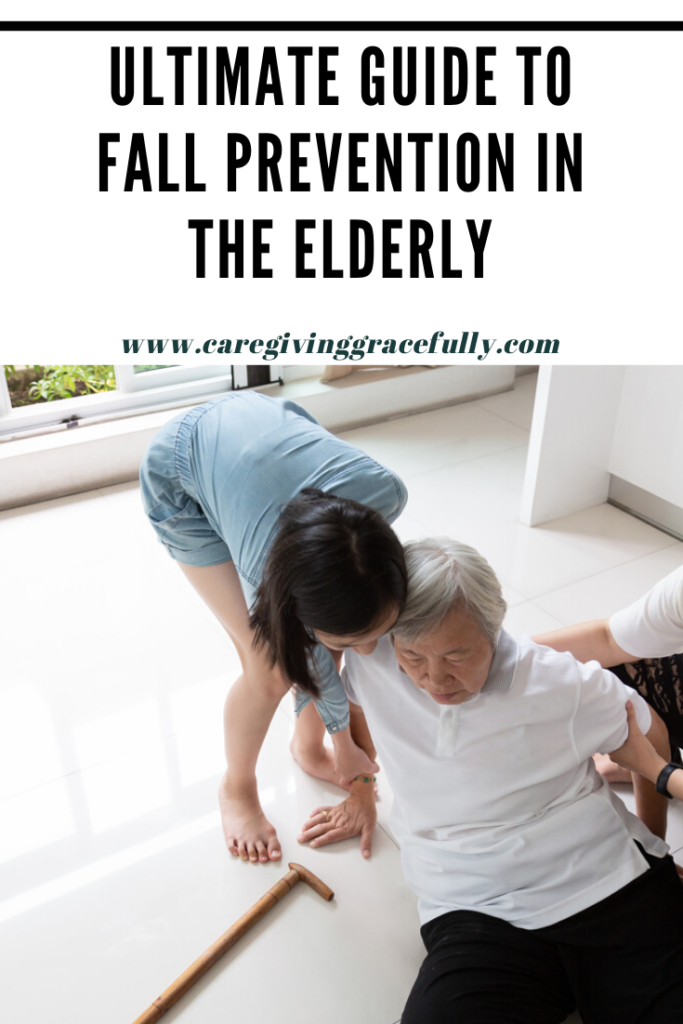
I’m in a long-term care medical practice and I honestly can’t count the number of calls we get regarding falls in a month. I’m not sure if a day goes by that not at least one of our nursing home or assisted living facility calls to report a fall.
As common as it is, I still feel like I have to hold my breath every time I get a call because I know just how catastrophic a fall can be for a senior.
According to the U.S. Centers for Disease Control and Prevention (CDC):
- Each year, 3 million older people are treated in emergency departments for fall injuries.
- Falls are the leading cause of fatal injury and the most common cause of non-fatal trauma-related hospital admissions
- More than 95% of hip fractures are caused by falls.
- Falls are the most common cause of traumatic brain injury.
Sometimes falls are unavoidable, but there are some things you can do as a caregiver to help prevent falls, and there are also some great inventions to help in your efforts. So, I’ve put together the top 10 ways to prevent falls at home and a list of must-have for fall prevention, especially if your loved one suffers from Alzheimer’s Dementia.
Disclosure: Please keep in mind that some of the links in this post are affiliate links and if you go through them to make a purchase I will earn a commission. I link to these companies and their products because of their quality and not because of the commission I receive from your purchases. The decision is yours.
Medical Disclaimer: The information on this site is not intended nor implied to be a substitute for professional medical advice, diagnosis or treatment. NEVER DISREGARD PROFESSIONAL MEDICAL ADVICE OR DELAY SEEKING MEDICAL TREATMENT BECAUSE OF SOMETHING YOU HAVE READ ON OR ACCESSED THROUGH THIS WEB SITE.
Top 10 Ways to prevent falls at home
1. Remove all trip hazards
- This includes excess rugs, clutter, and unnecessary furniture. You want to make the home as easy to navigate as possible.
2. Encourage assistive devices.
- Many people use canes and walkers while out and about, but don’t feel that they need them at home. They prefer to rely on the familiar placement of furniture or choose to use walls for support. Try to discourage this behavior. Normal vision changes in the elderly sometimes makes it easy to misjudge these things.
3. Use non-slip footwear
- Well-fitting, comfortable tennis shoes that can be worn indoors or outdoors
- House shoes with non-slip grips on the bottom
- Socks with grips on the bottom
4. Fall-proof the bathrooms
- Install a raised toilet seat with armrest. If you don’t want or can’t afford a permanent seat right now. Simply get a bedside commode and remove the bucket and place it over the toilet. This way it can be easily removed when guests come over.
- Get a shower bench or stool for safe showering. Unless you have a specialized tub, for safe bathing, I would recommend skipping the baths and do showers only.
- Place a non-slip shower mat in the tub or shower.
- Install safety grab bars in the shower.
- Discourage showering alone, when no one is home.
5. Have good lighting
- Place a night light in their room
- Keep the bathroom light on at night
- Light the path to the bathroom and kitchen
6. One-level living
- Try to keep all the necessities on the main level.
- Avoid stairs if possible
- If navigating stairs is necessary, install handrails on both sides and assist them on the stairs.
7. Review all medications
- Review all prescribed and over-the-counter medications with their PCP, to make sure their medications are not making them high risk for falls.
8. Check Vitamin D Levels
- While you’re at the PCP, ask if their vitamin D level can be checked. Vitamin D deficiencies are very common, especially in the elderly and have been shown to increase falls.
9. Keep up with regular eye appointments
- Vision changes can put your loved one at an increased risk for falls.
10. Regular foot check.
- This can be especially important for those who are diabetics, or have had certain chemotherapy drugs, or have a vitamin B12 deficiency. These people are at increased risk for peripheral neuropathy, which can cause numbness, tingling, burning, pain, or decreased sensation in the feet and legs. All of this puts them at increased risk for an unsteady gait and falls.
Best Must-haves for Fall Prevention
Assistive devices– As mentioned above assist devices are wonderful for preventing falls. I do want to mention that using these devices are not always intuitive. I would recommend requesting a Physical therapy (PT) referral from the primary care provider (PCP). They can teach them how to use the device properly to prevent injuries and can also assist them to the proper height for safe usage.
Walker/Rollator walker

Canes
Transporter chairs (these are usually better than wheelchairs at navigating narrow hallways and doorways of a home).

Lift chairs– Oftentimes getting up is the hardest part. Consider replacing that old recliner, with a comfortable automated lift chair. These chairs have the ability to take one from a fully reclined position to standing with the push of a remote. Trust me, these chairs are well worth the expense. Many of my nursing home patients even have them in the facilities. Your back will thank me.

Chair Alarm and Bed Alarm– If your loved one has dementia and doesn’t always have the best safety awareness. Consider alarms for the bed and chair. When your family member attempts to stand, the alarm sounds, alerting you to check on him or her.

Baby monitors– While the audio-only monitors can be helpful too, I would recommend a video monitor. This is the monitor I use. You can hook up more than one monitor at a time. It helps me keep my eye on my 2 youngest during nap and bedtime, but it can help you catch your loved one trying to get up unassisted and possibly prevent a fall.

Low-bed– Automated beds with a low setting can be very helpful. Sometimes, preventing a fall with a person who is very confused or disoriented can be a losing battle. A bed that goes very low to the floor can make the difference between a life-altering fall and simply rolling on to the floor. Check with their insurance to see if they are entitled to a low bed or if one can be rented monthly for a low cost. These beds are also available for purchase, but tend to cost between $600-$1000.

Falls mats – Again, if you have a loved one who is confused and frequently tries to get up unassisted. Consider placing fall mats on either side of the bed or place one side of the bed against the wall, with a mat on the opposite side.

Mattress Cover with Bolsters– These mattress overlays provide a barrier, making it more difficult to get out of bed unassisted.

Reacher– These handy little inexpensive devices can work wonders at preventing falls. Many falls occur when someone is just innocently bending over to pick something up. It may be worth buying a couple of these to always keep one close at hand.

Bedside Commode/urinal– Nighttime falls are frequently related to the need to go to the bathroom. Keeping a bedside commode or urinal close at hand can decrease opportunities to fall.


A Quick Warning about Bed Rails
I would say use caution when using bedrails, especially full rails. They can be helpful with standing and repositioning while in bed. They can also be a gentle reminder for your loved one to stay in bed. However, they can also be dangerous if not properly used or monitored. They have been linked to many serious injuries, more severe falls, and even deaths.
For these reasons, many states don’t allow the use of bed rails in nursing homes, without a physician’s order, and others have moved away from the use of bed rails totally.
So, I do not recommend bed rails and I would advise you to use extreme caution if you choose to do so. If you are going to use them, I would only suggest half rails and in conjunction with a video monitor with the audio on at all times.
In Summary
Preventing falls is challenging, but there are many things you can do to decrease your loved one’s risk of falls. Get your copy of this FREE fall prevention cheat sheet, with every intervention discussed here.
As always, I would love to hear from you. What are some of your fall prevention hacks or questions? Leave them in the comments below.
Be Blessed,

Stephanie
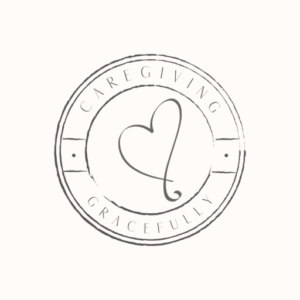


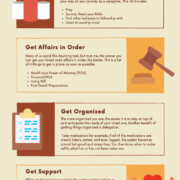

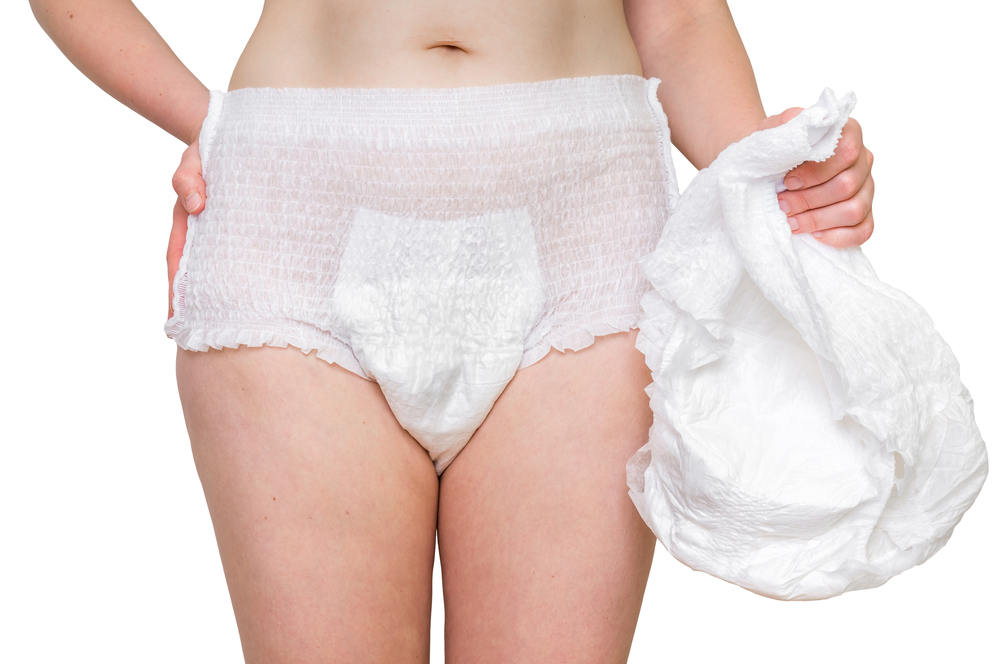

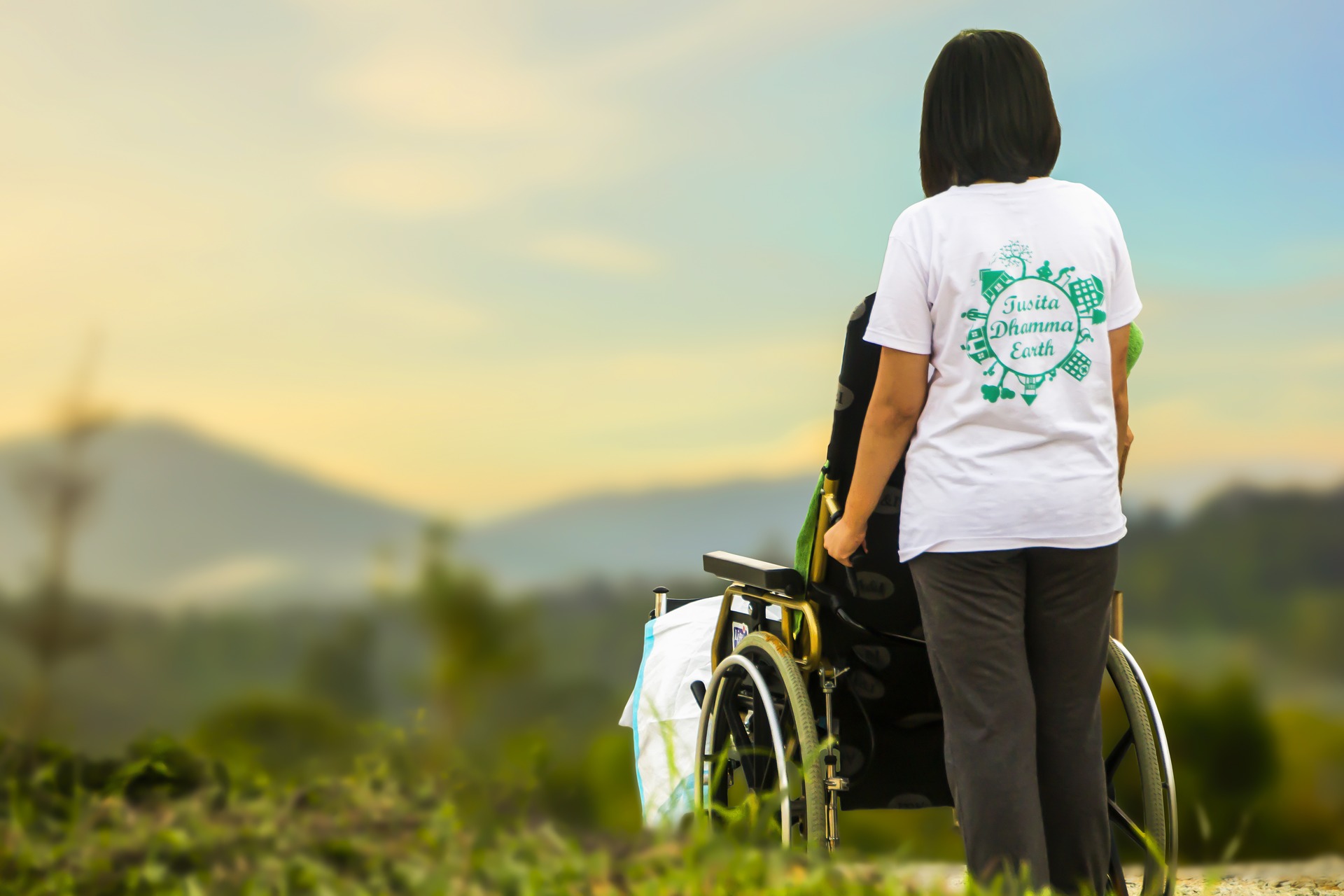

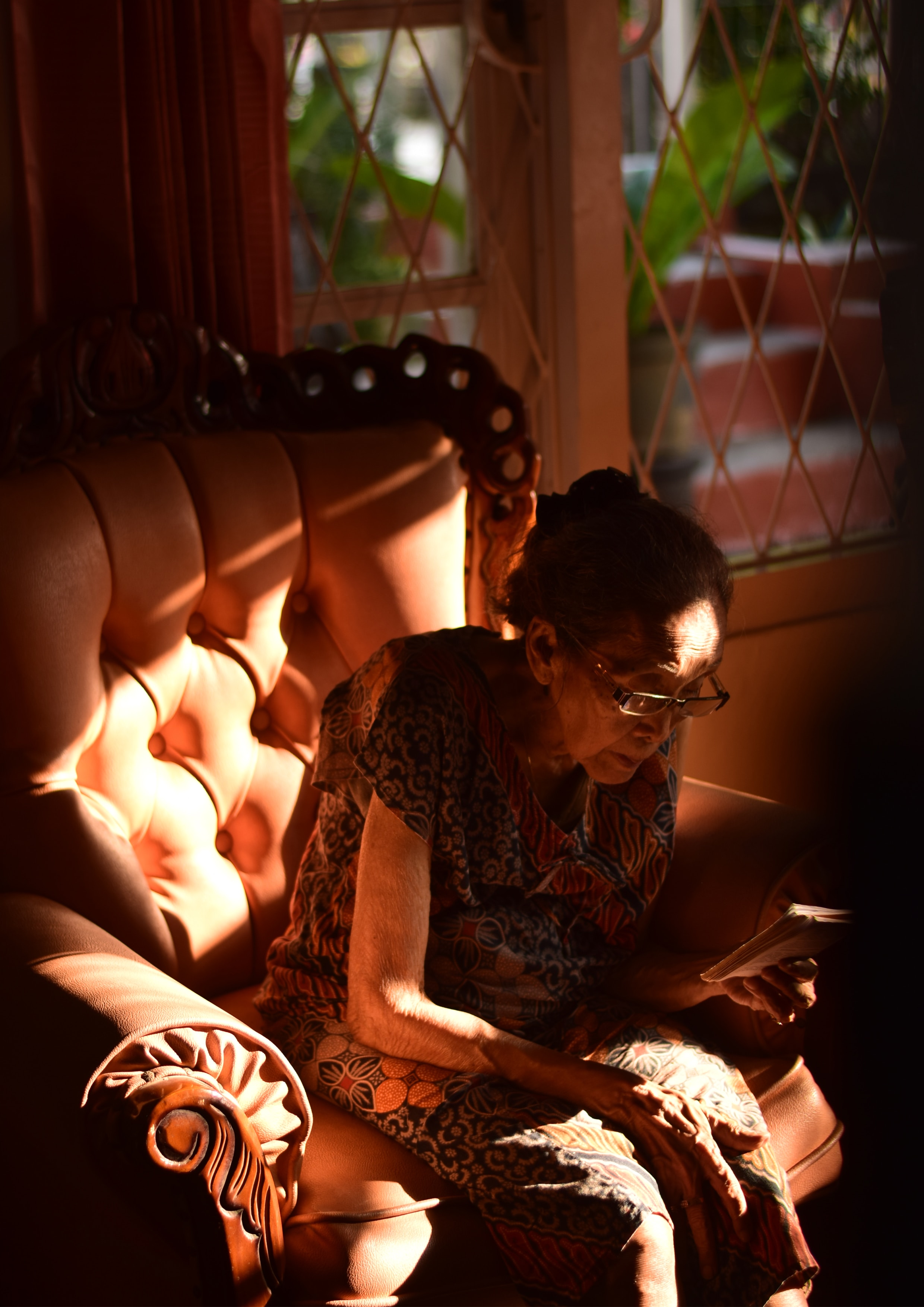

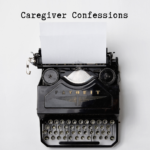

Trackbacks & Pingbacks
[…] These chairs are both comfortable and functional. I also put these chairs on my fall prevention must-have list. See the full list here. […]
[…] 55. Assist devices (canes, walkers, wheelchairs). For fall prevention tips click here. […]
Comments are closed.